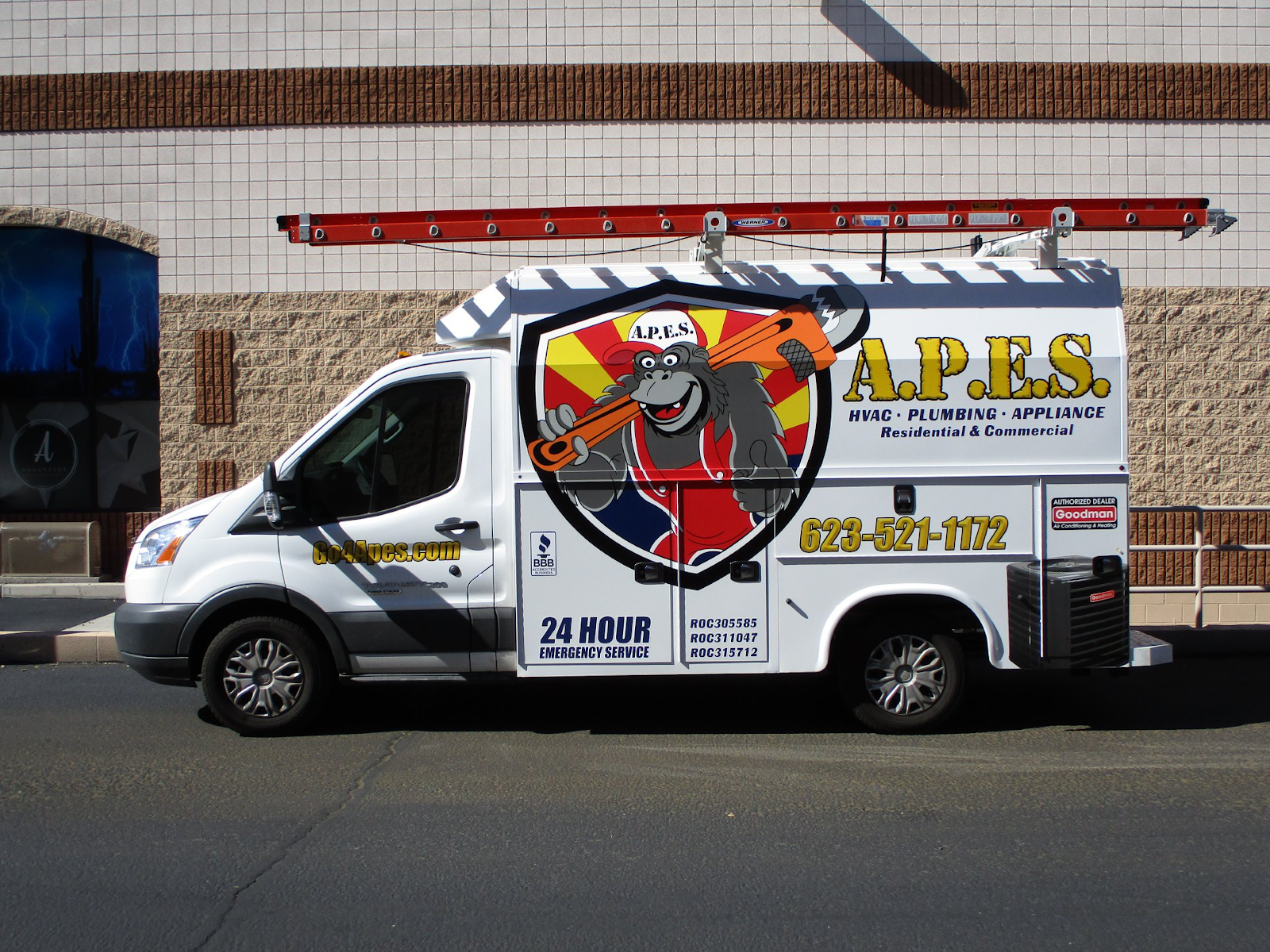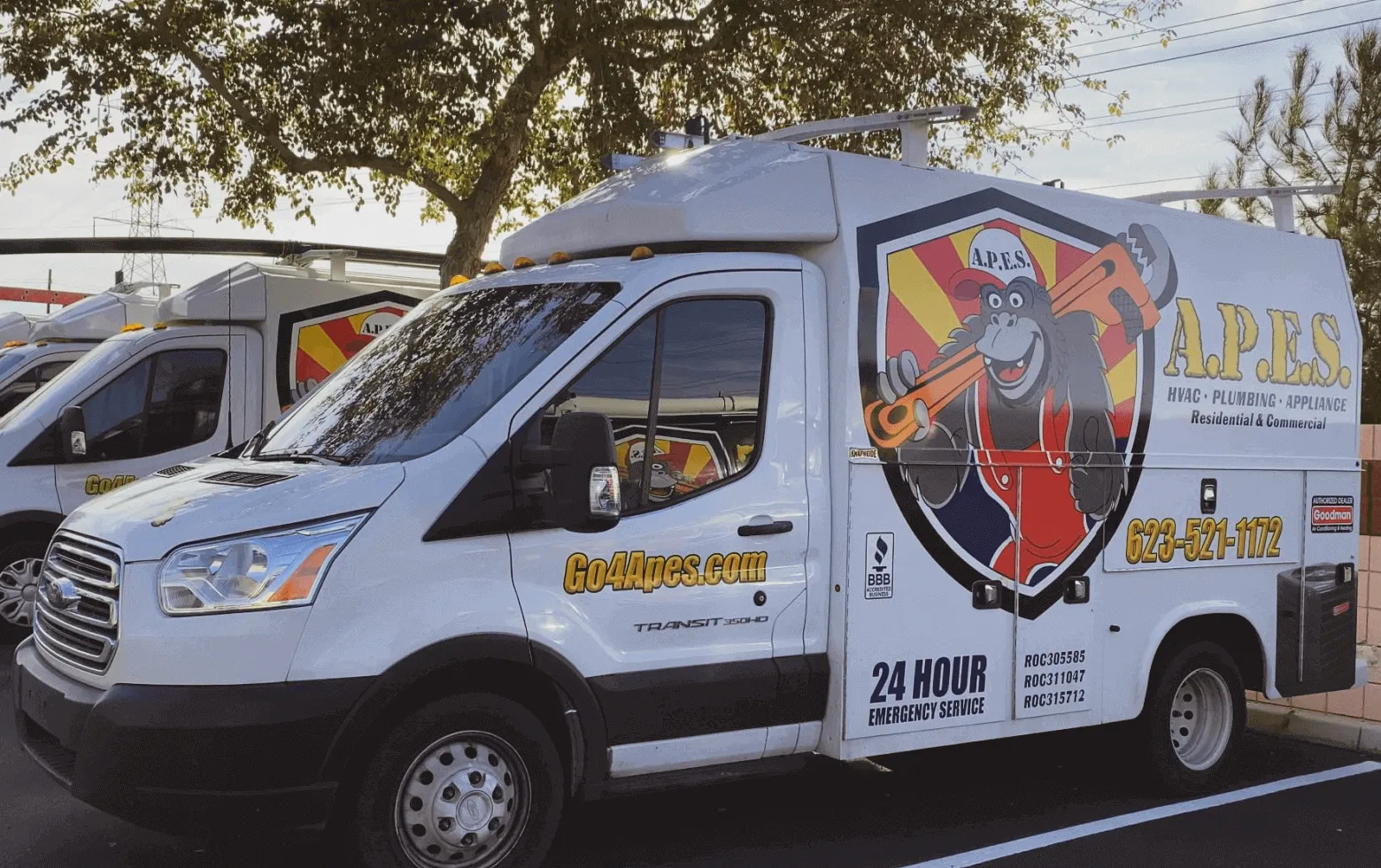A tankless water heater is a wise and profitable investment for your home. They are more efficient and convenient than traditional water heaters with tanks. They are also usually more energy-efficient since they heat water only when needed and do not continuously heat and store it. This results in on-demand heating with less energy and reduced utility bills. However, a significant drawback of these water heaters is the mineral buildup that gradually erodes the walls of the heating chamber. That’s why you should know how to flush a tankless water heater to use it optimally for years.
Tankless water heaters are compact, which makes them even more popular than traditional heating systems. They require less space and can be easily mounted on a wall, freeing up valuable space in your home. This makes them an ideal choice for smaller houses or apartments where space is at a premium.
First, it’s crucial to understand how and when to flush a tankless water heater. Regular flushing is essential to remove any mineral buildup inside the unit. This buildup can occur over time, especially in areas with hard water, affecting the heater’s efficiency and longevity.
Why You Should Flush Your Tankless Water Heater
Learning to flush a tankless water heater is the first step toward getting the most out of it while saving energy. However, it would be best to know when to flush it and the tools required to make the process seamless, safe, and effective.
Conventional heaters undergo flushing at times to remove sediments from the water supply, and this is also essential for tankless heaters to avoid the risk of blockage and inefficient performance. Water contains salts such as calcium and magnesium sulfate, which may form scales.
Although explosion risks are low for tankless water heaters, the insulating layer formed by this scale hinders the efficiency of the heat exchanger. Larger bills for electricity and reduced operational life for the heater result from scale buildup.
Furthermore, damage caused by scale buildup is rarely covered under most warranties.
How Often Should You Flush Your Tankless Water Heater?
Proper maintenance is crucial for the efficiency and life cycle of tankless water heaters. As part of the maintenance regimen, tankless water heaters must be flushed at least once or twice yearly. Over time, minerals and sediment from the water will settle inside the heater, especially in hard-water areas.
This will cause underheating, as these elements will make the heater work harder to reach the required water temperature. Excess water heater wear and tear can even raise the overall maintenance cost.
If your home’s water quality is poor or complex and high in minerals, flushing your tankless water heater at least twice or thrice a year is recommended. Hard water causes rapid deposition of minerals and scaling inside the heater, reducing its lifetime and affecting efficiency.
How to Fix It:
To combat the effects of hard water to a certain extent, you can add a sediment trap and a water softener to your plumbing system. When installed in the pipeline that feeds into your tankless heater, a sediment trap helps by catching sediment, debris, or particulates before they enter the unit. This can be particularly beneficial in areas where the water supply may carry a lot of sediment.
In addition to a sediment trap, you can install a water softener in your home plumbing system. It removes minerals like calcium and magnesium from the water, which are the primary culprits behind hard water. Softening the water protects your tankless water heater and benefits your entire plumbing system.

Tools Required When Flushing A Tankless Water Heater
You will need a submersible pump for flushing. The pump will save you time since you will not have to remove massive amounts of water to remove the sediments like a tank heater. You will also require a large bucket (5 gallons).
You can also consider a flushing kit that contains all the items needed, such as a submersible pump, bucket, hoses, and a descaler. This once-in-a-lifetime investment should make home water heater plumbing easier and more effective.
How to Flush a Tankless Water Heater (Gas Model)
Here is a step-by-step method of flushing a tankless gas water heater.
Preparation:
- Disconnect the heater’s power.
- Detach the access panel and use a non-contact voltage tester to ensure no more power flows to the main terminal.
- Shut off the gas valve.
- Find and close the hot and cold shutoff valves so that no water enters the heater as you flush it.
- Find the hot water pressure release valve on the hot water line and open it to release residual water. Do this safely, as the water will be hot.
- Join hoses to the cold water service port and the hot water service port.
- Put your submersible pump in the bucket listed earlier, connect the cold water service port hose to the pump, and ensure that you free the end of the hot water service port hose into the bucket.
- Pour four gallons of pure food-grade white vinegar into the bucket.
Flushing the Tankless Water Heater:
- Open the cold and hot water service ports and turn the pump on.
- Allow the vinegar to circulate in the heater for at least one hour. If your pump runs less than four gallons per minute, allow it to go longer. The vinegar should remove the sediment and break down the dirt buildup.
- After vinegar circulation, turn the pump off and discard the vinegar.
- Turn off the cold water service port and detach the attached hose, then the cold water shutoff valve to remove any residual vinegar from the heater system in the basin or bucket for about ten minutes.
- Close the cold water shutoff valve.
- After draining the water, remove the hose attached to the hot water service port and its hose.
- Detach the cold water inlet and hot water filters, then flush them in a sink to remove the materials collected over time.
Cleanup:
- Return respective filters securely, then open the hot and cold water shutoff valves.
- Reattach the access panel.
- Open the gas shutoff valve.
- Reconnect the electrical supply.
How to Flush a Tankless Water Heater (Electric Model)
Here is the step-by-step guide on how to flush a tankless water heater that operates on electricity.
Preparation:
- Shut off the power supply at the main circuit breaker.
- Close the cold water shutoff valve.
- Open the faucets so that any water within the unit drains.
- Close the hot water shutoff valve.
- Remove the access panel and use a non-contact voltage tester to ensure no power flows to the terminal.
- Detach the wires from the heating element, then loosen the hexagonal brass top of the heating element counter-clockwise to remove it from the unit. Here, consider examining the aspect for any signs of damage. If you spot any cracks, replace the element immediately for your safety.
- Place the heating element in the heater’s copper chamber to get cleaned.
Flushing the tankless Water Heater:
- Fill up the heater’s copper chambers with undiluted food-grade white vinegar and let it sit there for two hours. The vinegar will break down the scale on the parts inside the chamber.
- Drain the vinegar and discard it.
- Reattach the heating element, then reconnect the wiring to the element.
- Open the cold water shutoff valve, then open the hot water shutoff valve.
- Turn on some hot water faucets and let the water run for about five minutes to remove all vinegar traces and clear any air pockets from the lines.
Cleanup:
- Turn off the hot water faucets.
- Close the cold water shutoff valve.
- Remove the cold water inlet filter and clean it at a sink to remove debris trapped over time.
- Return the filter.
- Close the access panel and turn the power back on at the circuit breaker.

When to Seek Professional Assistance
Although flushing a tankless water heater is easy, there might be concerns that require professional assistance. Persistent issues like inconsistent water temperatures, low water pressure, or apparent scale deposits after flushing could mean it’s time to consult an expert.
For homeowners with little or no plumbing experience, a professional can do the repair and maintenance job. A licensed plumber can investigate your tankless water heater to find any issues and ensure the system runs at its best.
APES HVAC & Plumbing is your trusted partner in offering professional installation and flushing services for conventional and tankless water heaters. With experienced professionals, APES handles all aspects of water heater maintenance and servicing.
If you are unsure about flushing the water heater yourself, need help figuring out problems with your water heater, or would like the peace of mind that comes with a professional service, schedule your appointment at APES HVAC & Plumbing.
Regular maintenance will keep your tankless water heater in prime condition and ensure optimal working and, therefore, longer service life. Flushing your system may be a do-it-yourself job or a professional task. Regardless of the trivial or grave concern, maintaining a tankless water heater will ensure you will continue enjoying the comfort of a consistent hot water supply without staggering power bills.

